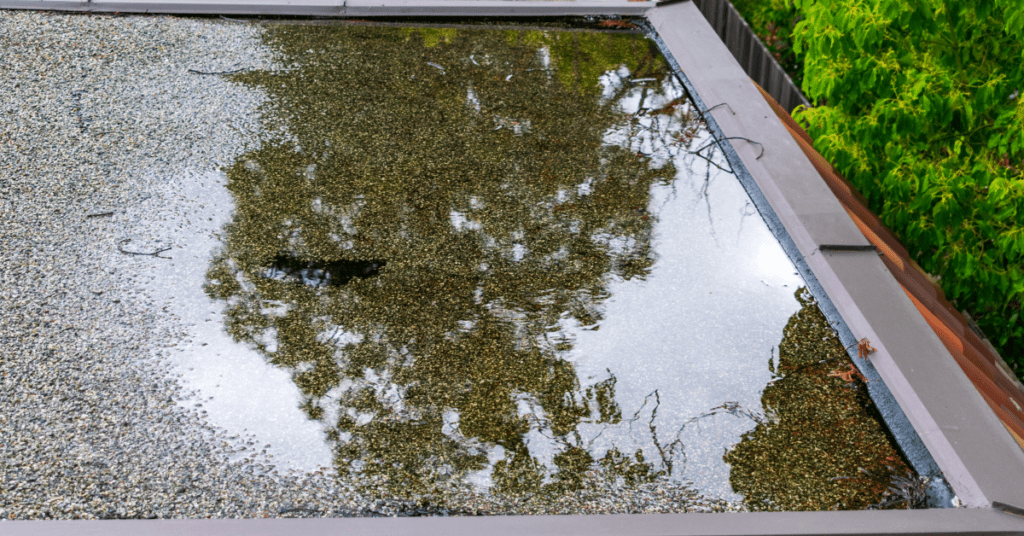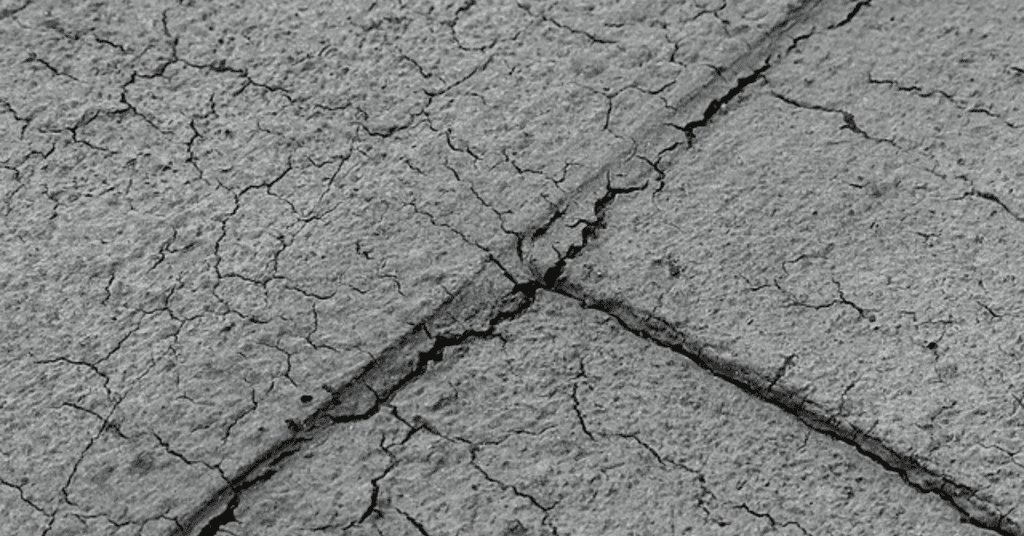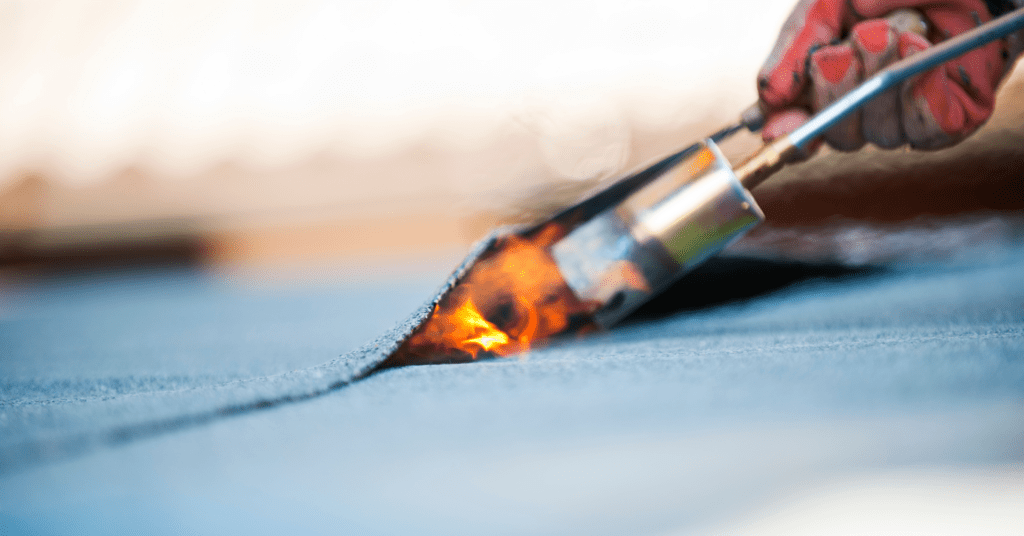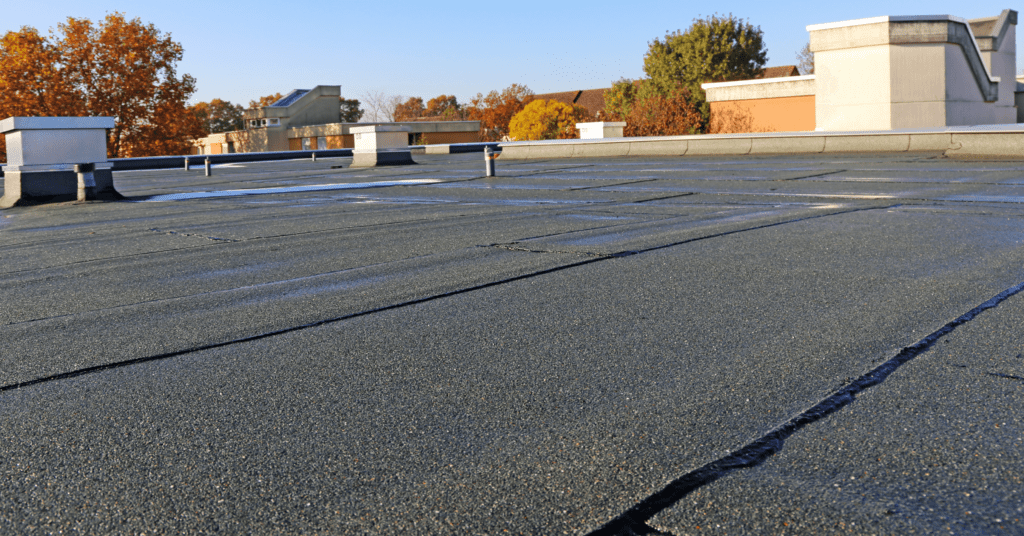Why is There Ponding Water on My Flat Roof?


Over time, homeowners with flat roofs may notice a unique phenomenon – ponding water accumulating on their roofs. Also referred to as standing water, ponding water is a pool of water that remains on a roof 48 hours after rainfall. Understanding why commercial and condo building roofs tend to be flat can shed light on why ponding water is a more prevalent issue in these structures. This article explores its causes, signs, potential dangers, prevention strategies, and when to involve a professional roofer.
What Leads to Ponding Water on Flat Roofs?
While flat roofs are designed with slight slopes for water drainage, disruptions may occur, leading to water ponding. Ponding water on the roof may be due to varying reasons such as improper roof design, degrading materials, drainage issues, structural issues, compressed insulation, dips near roof features, or even improper installation of drains. All these conditions lead to ineffective water drainage and consequent ponding.
Recognizing the Signs of Ponding Water


Quick detection of ponding water can mitigate its adverse effects. Signs to watch for include visible pooling water, especially if it remains for more than 48 hours after a rainstorm. Buckling walls or beams, ceiling cracks, visible leaks, problems with the roof membrane on synthetic roofs and even rusting on metal roofs. Subtle signs include a sagging roof deck, which suggests that the weight of the water is impacting the structural support.
Additionally, look for discoloration or water stains on the roof’s surface, as these can indicate areas where water frequently accumulates. Regular roof inspections are crucial, and knowing how often you should have your roof inspected can help in early detection of ponding water. While discussing ponding water, it’s also essential to address 3 common misconceptions about wind damage on roofs, as wind can exacerbate existing drainage problems.
The Dangers of Ponding Water on Flat Roofs
Ponding water on flat roofs poses a significant threat to the structural integrity and longevity of a building. It can lead to accelerated deterioration of roofing materials, increased load and stress on the roof structure, and eventual leaking. Over time, this stagnant water can break down the roofing membrane, causing cracks and splits that allow water to seep into the building.
This not only compromises the roof’s integrity but can also result in costly interior damage, including mold and algae growth and damage to electrical systems, insulation, and ceilings. Furthermore, in colder climates, ponding water can freeze and expand, exacerbating the damage and potentially leading to more severe structural issues. Ponding water is just one of 12 common threats to your roof’s structural integrity that homeowners should be aware of.
Preventive Measures Against Ponding Water


There are several steps homeowners can take to prevent or reduce ponding water. Among these are regularly flushing drains of debris, adding more drain lines, using a roof plaster, correcting low spots on the roof, unclogging existing drains, installing extra drains, repitching the roof, and replacing the membrane and installing roof crickets which is a double triangle structure built behind a chimney to properly divert water around it. In addition to addressing ponding water, exploring the best 12 ways to proactively protect your roof can provide more comprehensive roof care.
When to Seek Professional Help
Ponding water worsens with time and if left unaddressed, can lead to severe structural damage. Hence, it is advisable to seek professionals like Vantage Roofing Ltd. to help when the problem persists. We can help to identify the root cause, provide a solution, and advise on the future prevention of ponding water. For those considering a roof material change, understanding why installing metal roofing is a good idea can be beneficial, especially in terms of water drainage.
Conclusion


Understanding the reasons behind ponding water on your flat roof can help you prevent serious damage. Regular checks and maintenance, along with professional help when necessary, can ensure the longevity of your roof. It’s important to remember that water should flow freely off your roof – after all, a dry roof is a happy roof.
Is ponding water on your flat roof causing you concern? Don’t wait for the problem to escalate. Our team of experienced Burnaby Roofers, New Westminster Roofers, Coquitlam Roofers, Port Coquitlam Roofers, Port Moody Roofers, Delta Roofers, Ladner Roofers, Vancouver Roofers, North Vancouver Roofers, West Vancouver Roofers, Richmond Roofers, Surrey Roofers, White Rock Roofers, Maple Ridge Roofers, Pitt Meadows Roofers, and Langley Roofers are equipped to provide effective solutions for your roofing needs. Contact us today to ensure your roof remains healthy and free of ponding water issues!
